In Images: Meet the Top 10 Newfound Species
What's in a name?
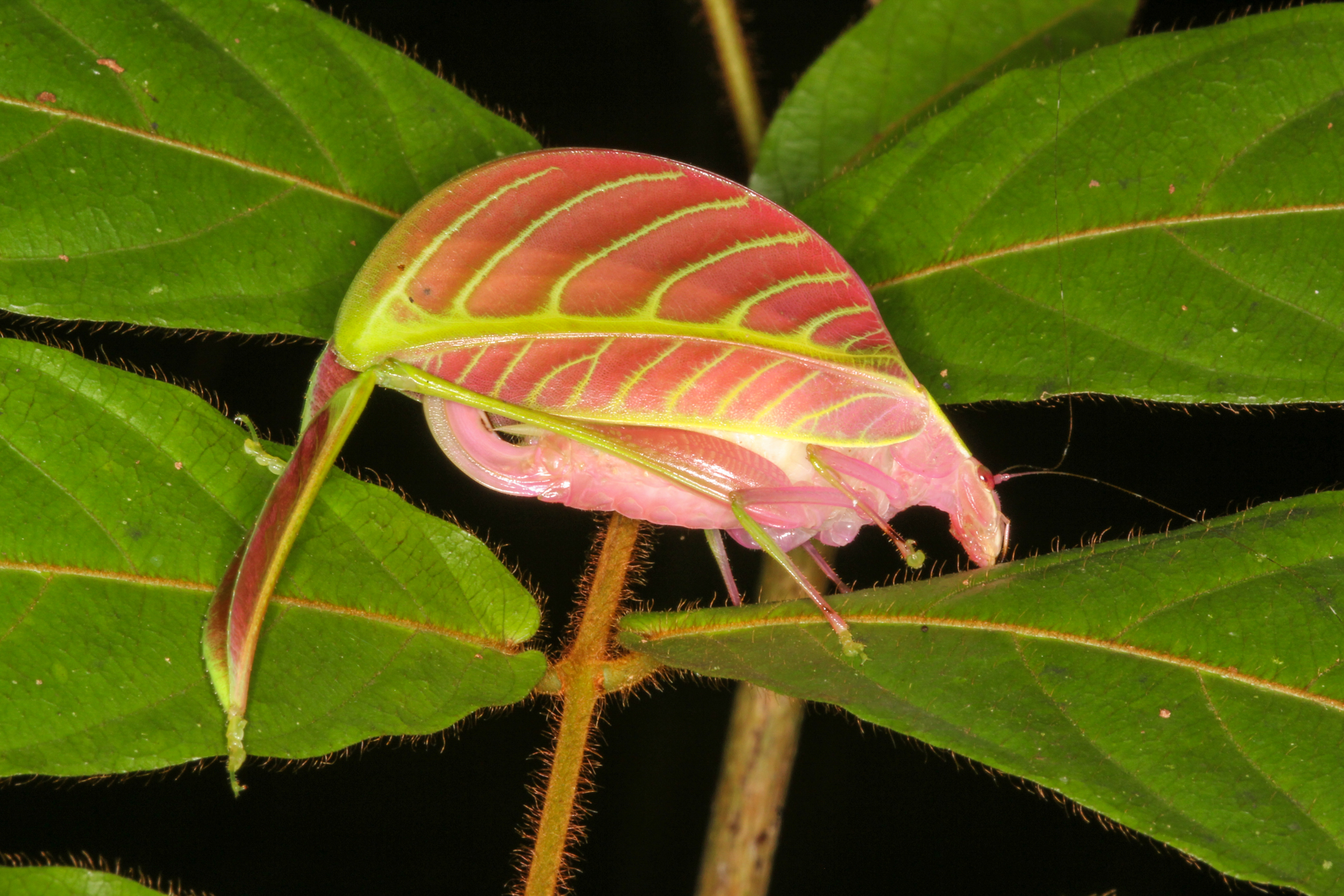
The top 10 newfound and newly named species of the previous year have been announced, and this year's list highlights species with bizarre names, unique diets and more.
For the past decade the State University of New York College of Environmental Science and Forestry (ESF) has put together an annual list celebrating the new species. A "bleeding" tomato and a "Game of Thrones" ant made the list this year, along with a spider named for a magical hat from "Harry Potter" and a devilish orchid, among others.
Selected from approximately 18,000 new species named last year, here are the top 10 newfound species from 2016. [Read the full story about this year's top 10 new species list]
Bush Tomato
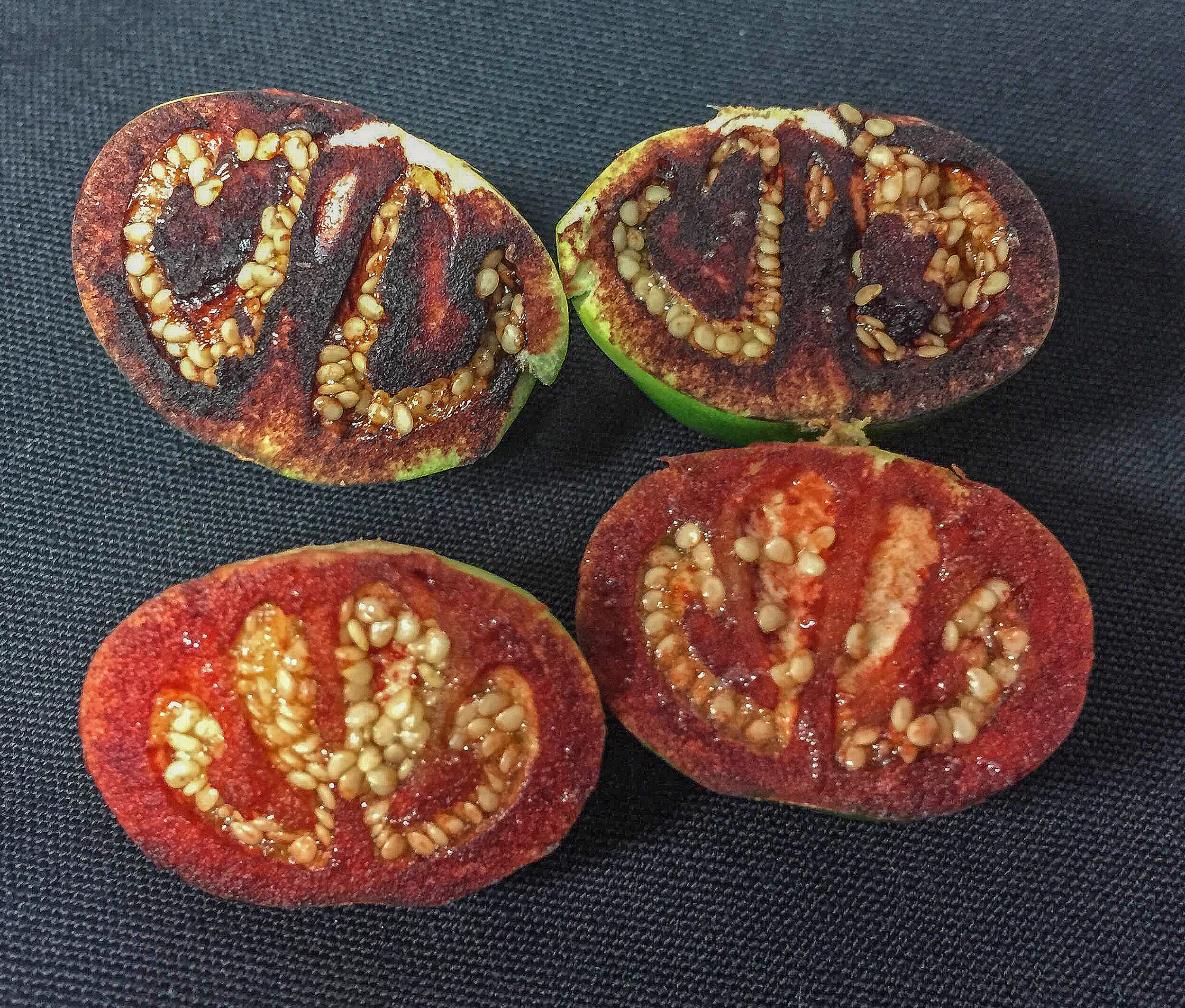
A group of 150 seventh-grade life science students in Pennsylvania helped give a new species of bush tomato its bloody name. When cut, the young tomatoes appear to "bleed" before maturing to be dry and bone-like. The new species was therefore named Solanum ossicruentum, combining the Latin "ossi" for bony and "cruentum" for bloody. Though known to botanists for 50 years, the bleeding tomato has only recently been declared a new species.
Ant
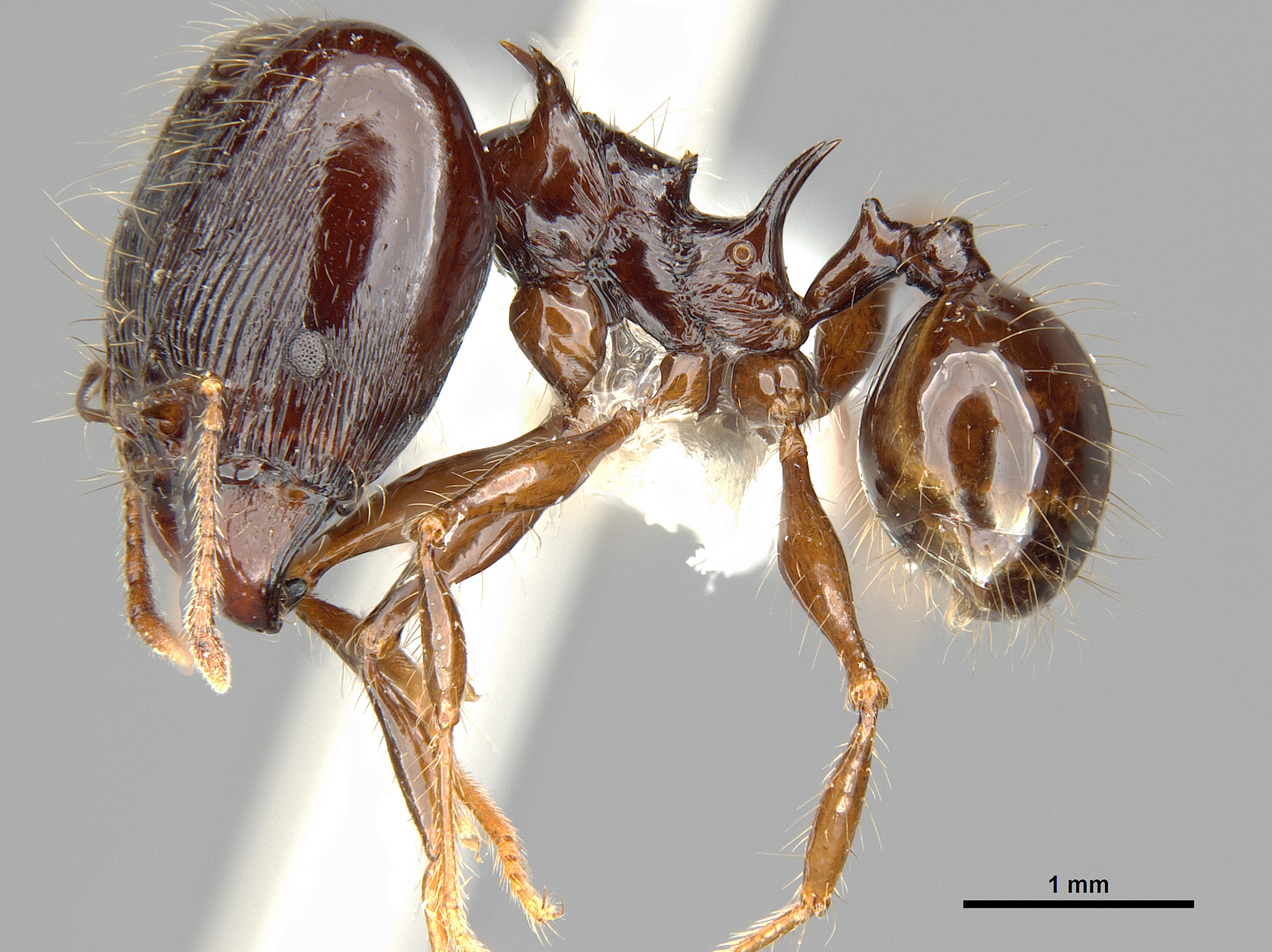
The spiny back of Pheidole drogon reminded scientists of the fierce Drogon, a black dragon from the "Game of Thrones" book series by George R. R. Martin, which has also been adapted into a television series on HBO. While the new ant species is far smaller than its fantastical namesake, the insect's dragon-like spine likely acts as an anchor for the species' large muscles, according to researchers.
Spider
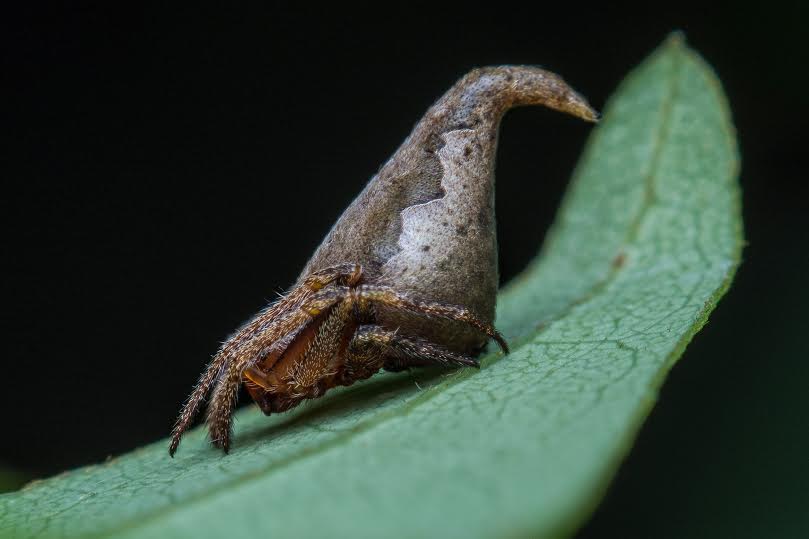
Another new species from the list has a magical namesake. Eriovixia gryffindori is a tiny spider with a body shape reminiscent of the bewitched Sorting Hat from J.K. Rowling's "Harry Potter" books and adapted films. Named for the hat's first owner, Godric Gryffindor, the spider's appearance is not only hat-like, but also helps camouflage the arachnid in the dry, brown leaves where it lives. Researchers wrote that the spider's name is "an ode...for magic lost, and found, in an effort to draw attention to the fascinating, but oft overlooked world of invertebrates, and their secret lives."
Orchid
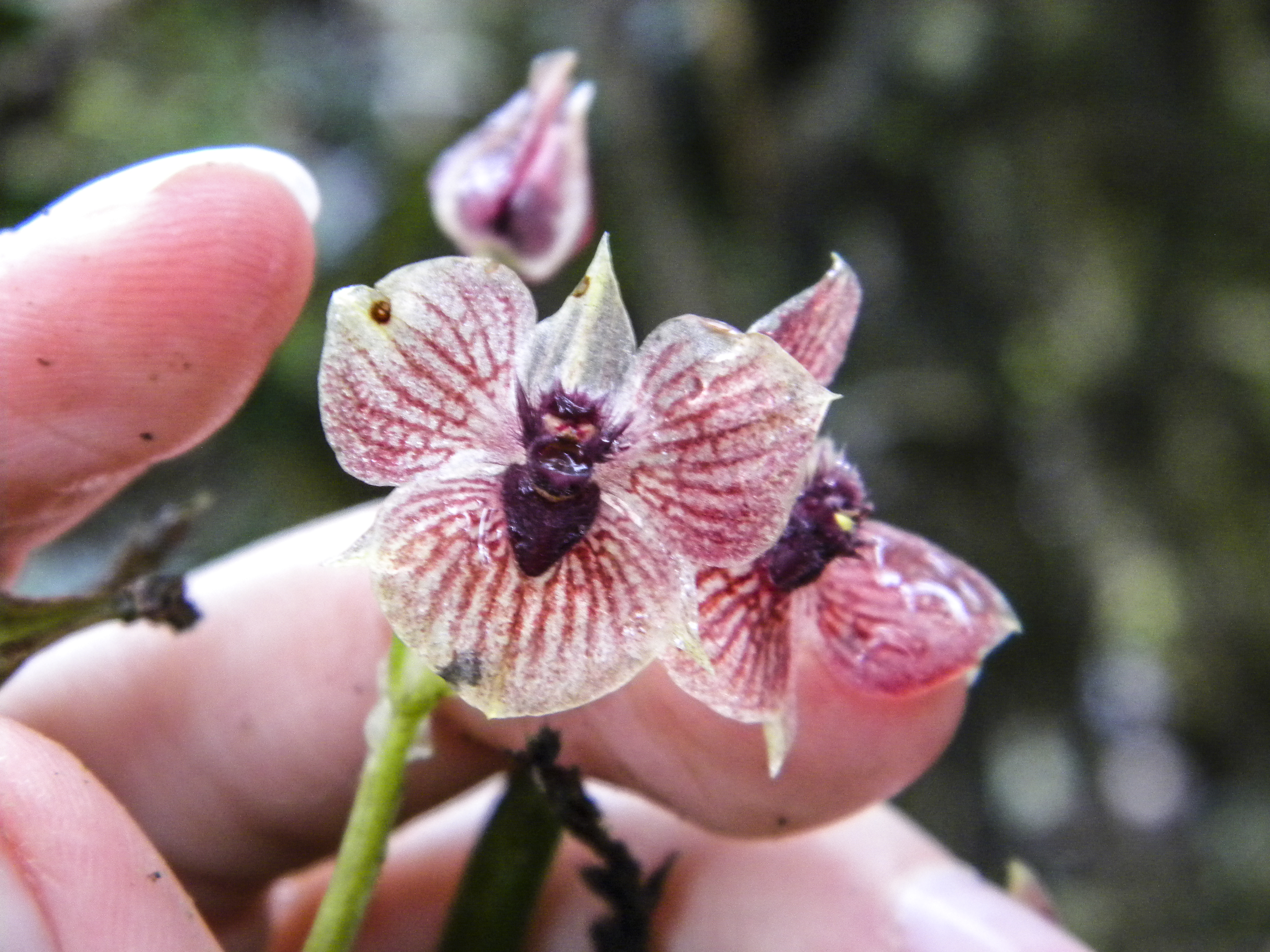
Diabolical indeed: The new orchid species Telipogon diabolicus has a distinct reproductive structure that resembles a devil's head. Though only recently discovered, the orchid is already considered critically endangered because its small habitat in southern Colombia is threatened by reconstruction of a road.
Sign up for the Live Science daily newsletter now
Get the world’s most fascinating discoveries delivered straight to your inbox.
Rat
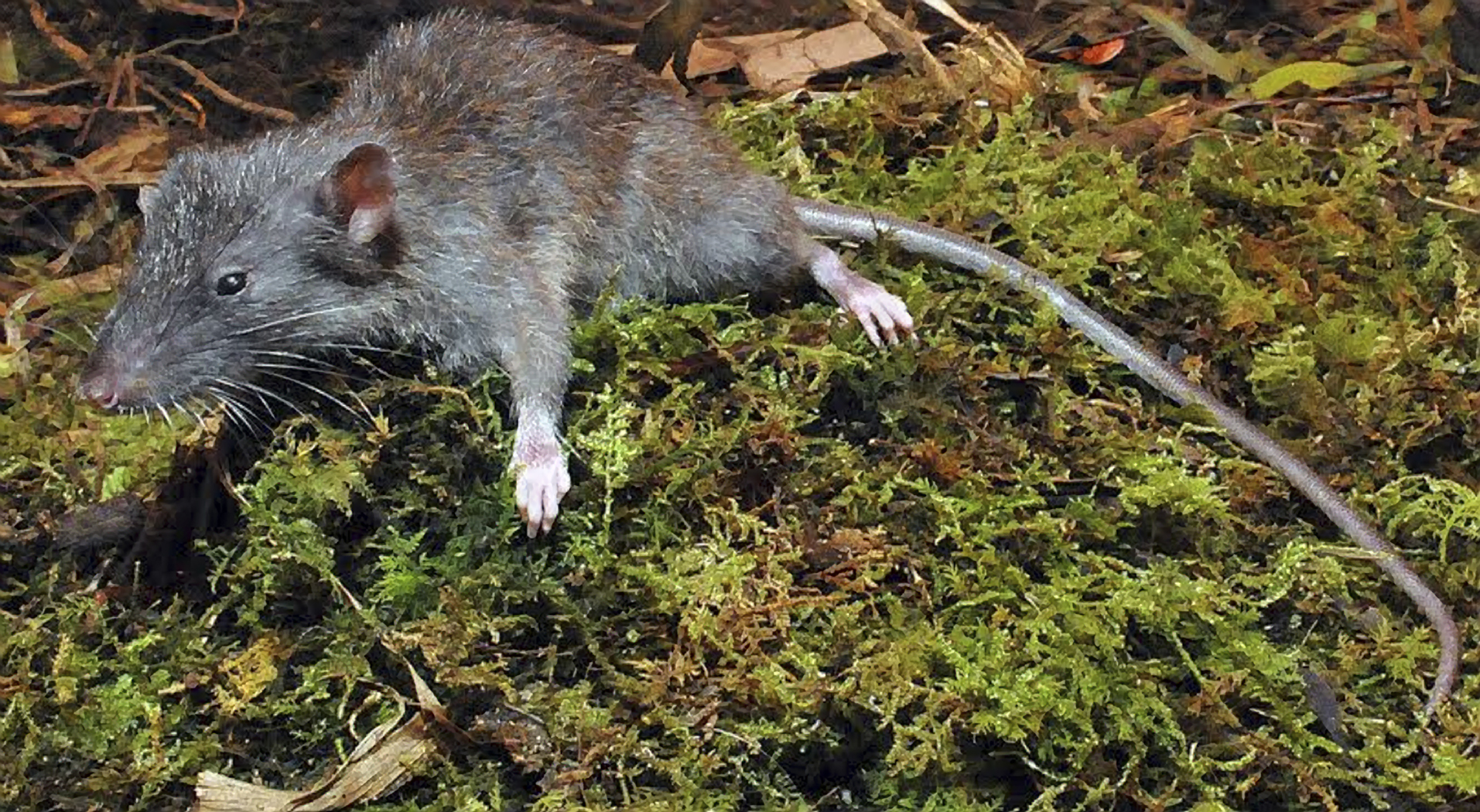
The newly discovered Sulawesi root rat, Gracilimus radix, is a slender rodent with gray-brown fur, rounded ears and a sparsely haired tail. It may have a nondescript appearance, but the new rat species has a very distinctive diet: it's an omnivore. Known to feed on roots (the name is derived from the Latin word for "root") as well as animal matter, Gracilimus radix is unique among its strictly carnivorous relatives. Found on Sulawesi Island in Indonesia, the root rat is one of seven new species of rodents discovered there since 2012.
Katydid
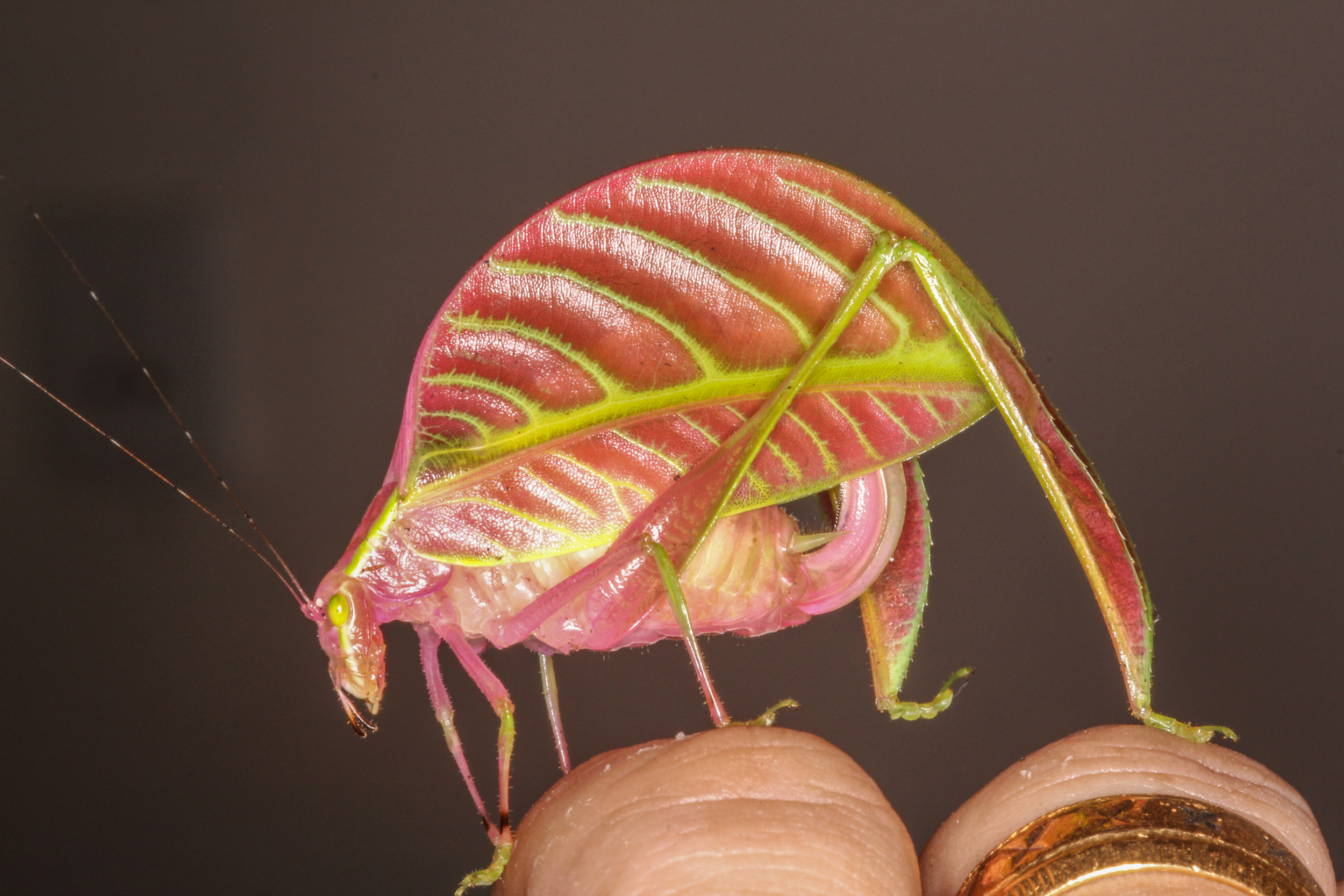
This new insect's females are pretty in pink. While looking for tarantulas and snakes in Borneo, researchers discovered a new katydid species. Eulophophyllum kirki uses color to blend in with foliage. While males are a uniform green color, the female katydids are a brilliant shade of pink.
Stingray
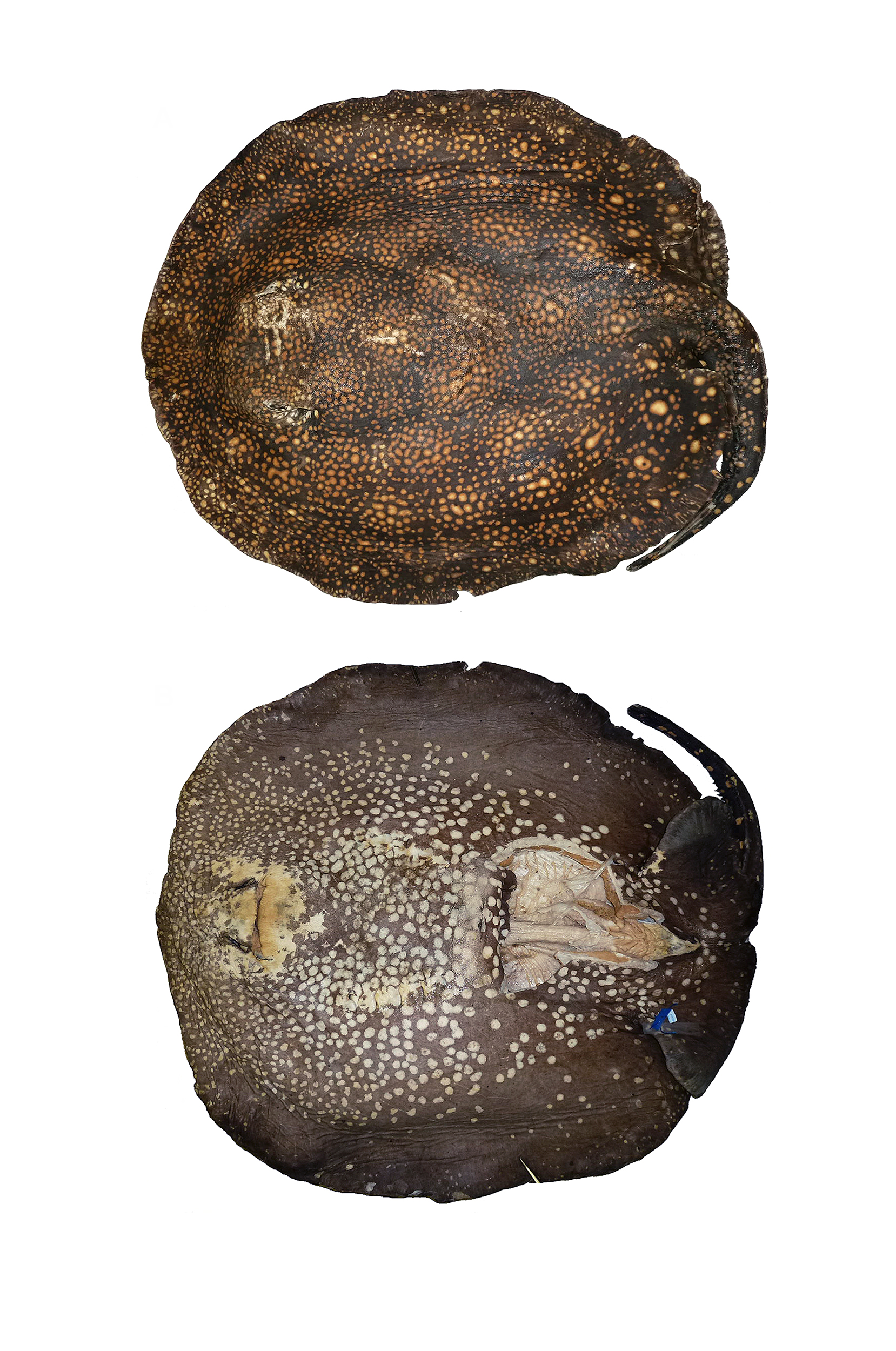
Brazil's Tocantins River has a newly crowned "king" in the Potamotrygon rex, a new species of freshwater stingray. The stingray has a prominent polka-dot pattern of yellow and orange spots, and is about 43 inches (109 centimeters) long. Weighing up to 44 pounds (20 kilograms), the stingray's significant size and distinct appearance earned it the title of P. rex — Latin for "king."
Millipede
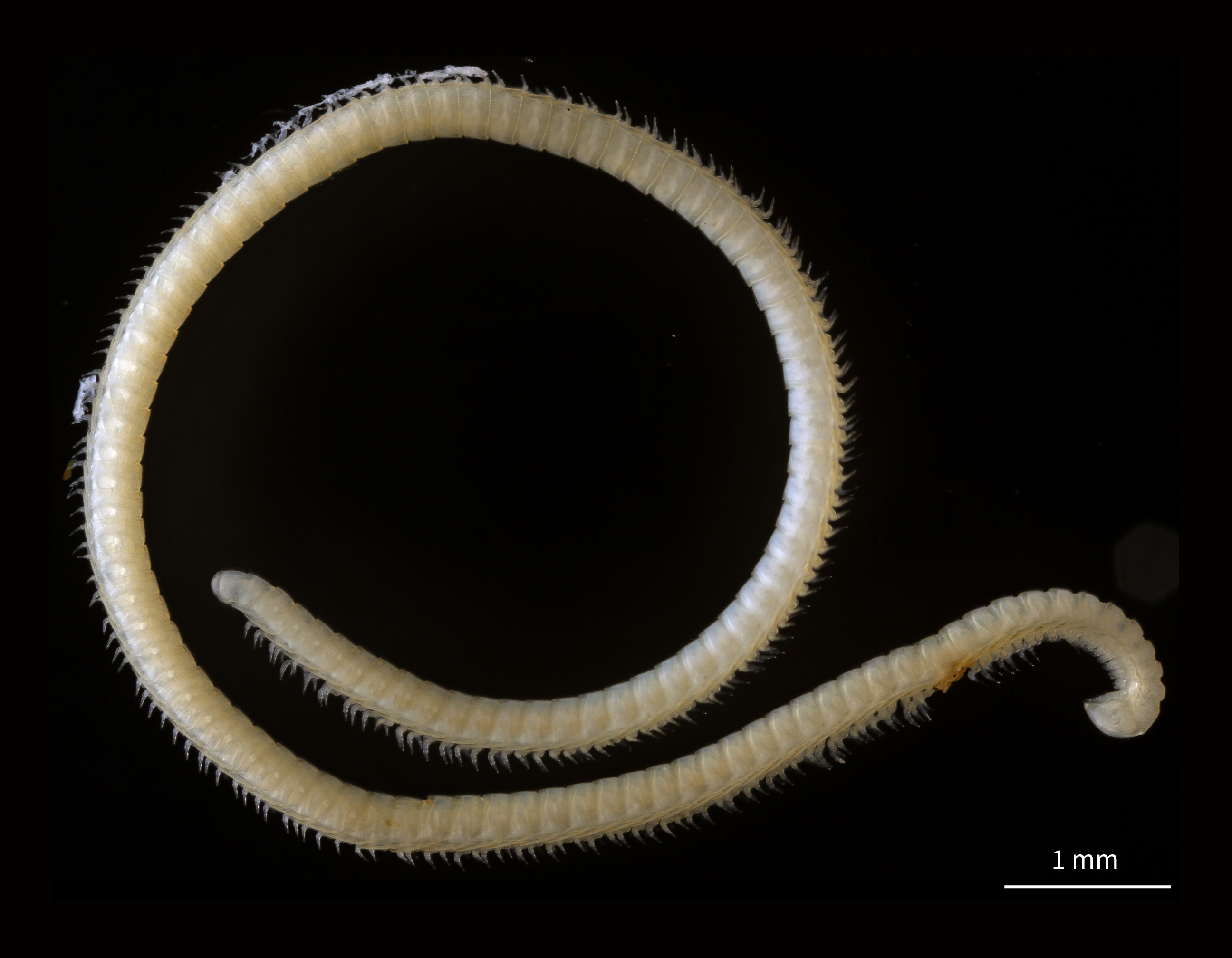
Siphonorhinid millipedes can have as many as 750 legs. Though the new species Illacme tobini falls short of this record, at 414 legs, the animals continue to add body segments — and legs — throughout their lives. Beyond its notable lifelong growth, the new millipede species also secretes a defense chemical of an unknown nature. Measuring about 1 inch long (20 millimeters) and thread-like, I. tobini was discovered in Sequoia National Park in California, living in tiny cracks beneath the soil.
Centipede
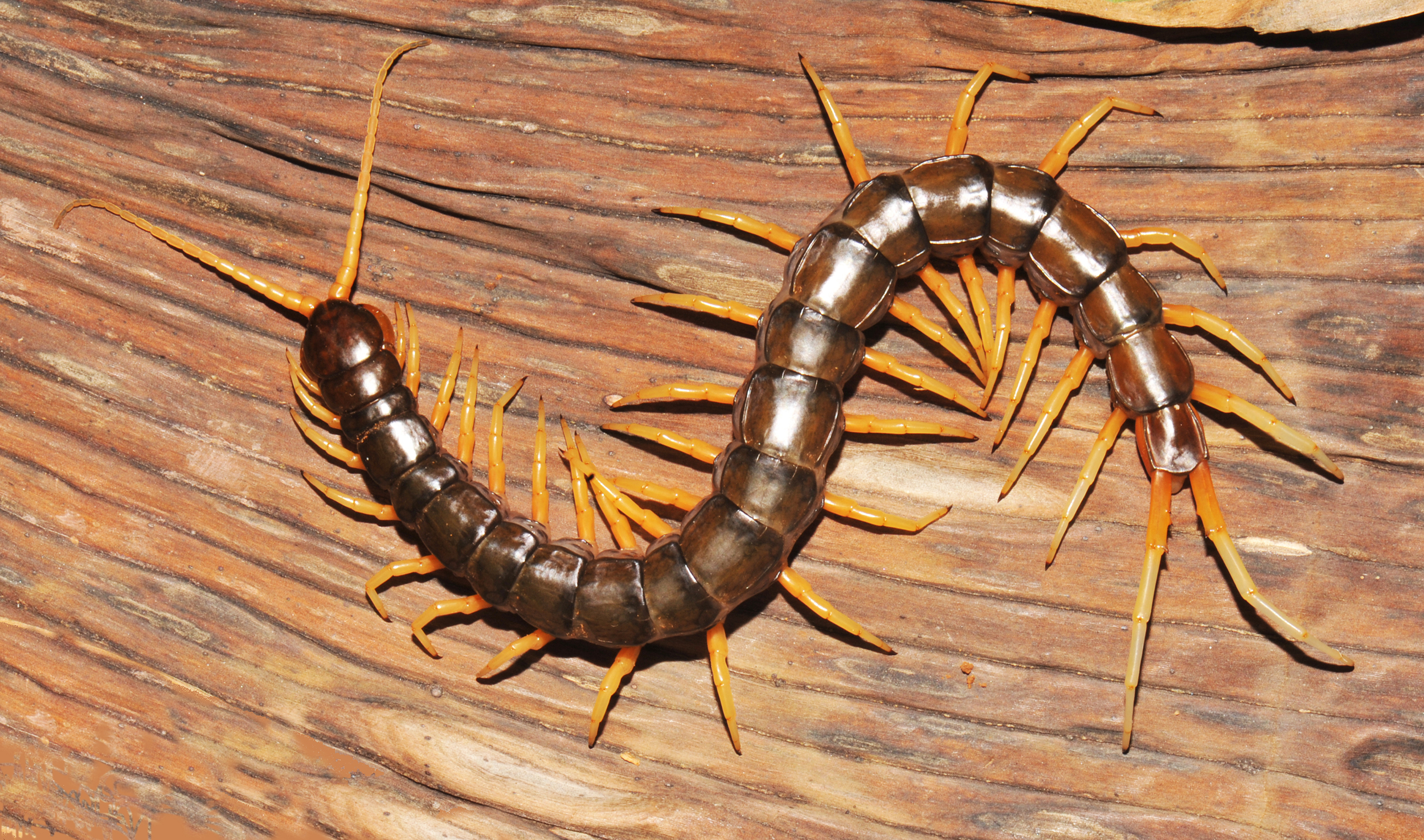
Another many-legged new species made this year's top 10 list. Scolopendra cataracta is a new centipede with 20 pairs of legs along its 8-inch-long (20 centimeters) body. S. cataracta, Latin for "waterfall," is the first species of centipede observed to be able to plunge into water. The new centipede runs under water just as it does on dry land, according to researchers.
Marine worm

This worm may live in the sea, but it looks like fried pastry found at theme parks. Xenoturbella churro was discovered about 5,600 feet (1,722 meters) below the surface of the Gulf of California. Its uniform orange-pink color and four deep grooves reminded researchers of churros, a type of fried dough pastry. The 4-inch-long (10 cm) marine worm is part of a group of primitive worm-like animals known to be the earliest branch in the family tree of bilaterally symmetrical animals, which includes insects and humans.










